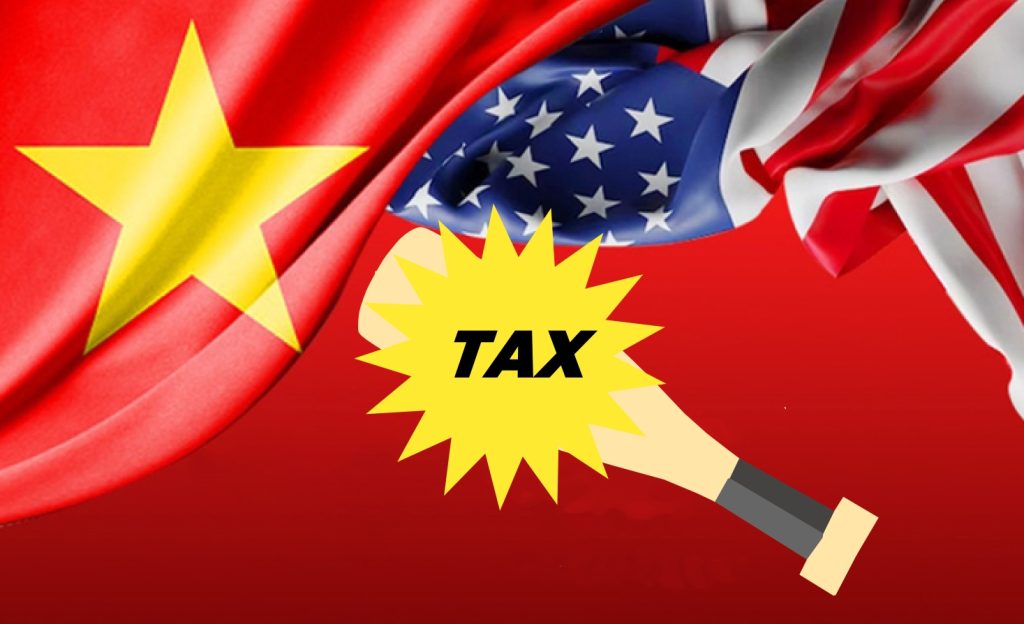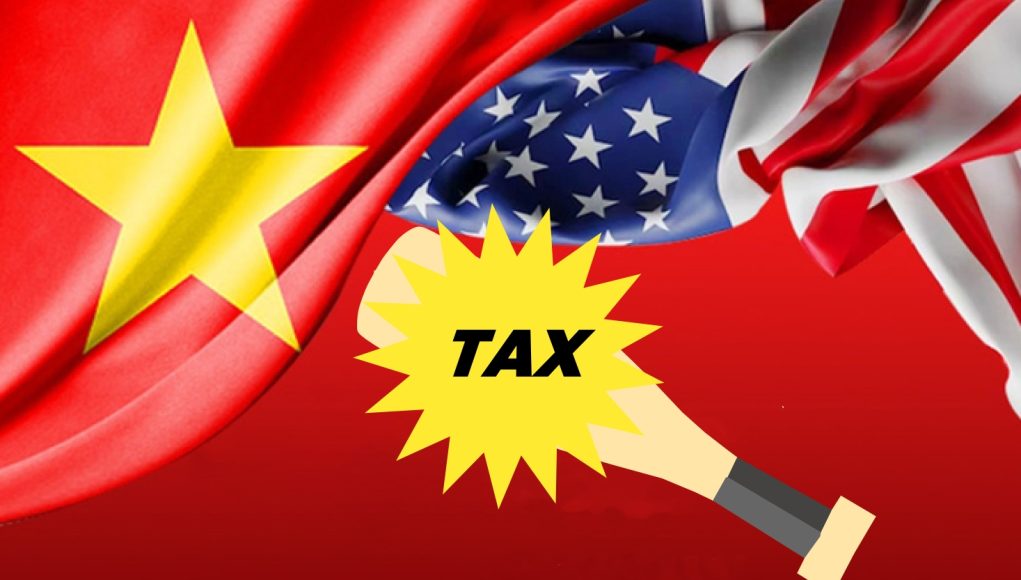(Singapore, 04.04.2025)On Wednesday, the U.S. declaration of imposing a 46% tariff on Vietnamese imports came as a sudden thunderbolt, particularly to many Vietnamese enterprises for whom the American market has been a central pillar for growth and expansion. This drastic move has understandably disoriented local businesses, leaving many uncertain about the future.
In a swift response to this unexpected turn, Vietnamese Prime Minister Pham Minh Chinh emphasized the dual nature of calamities and blessings, urging the nation to use this opportunity to rebuild its economy towards high-quality, green, and digital development. He highlighted the potential for leveraging science, technology, and innovation to establish an independent and globally integrated economic system.
The Prime Minister advocated for a diversified approach, emphasizing the need to expand market access, product variety, and supply chain diversity, while also promoting the localization of products and tapping into domestic markets and resources.

Starting April 5, the U.S. imposed a basic import tax of 10% on most countries, escalating to a significantly higher “reciprocal” tariff for certain designated countries from April 9. For Vietnam, this resulted in a staggering 46% tax, calculated using a formula that considers the U.S. trade deficit with each country divided by the number of goods that country exports to the U.S. Under this formula, Vietnam and Cambodia are subjected to punitive tariffs of 46% and 49% respectively, ranking them third and second highest, as reported by the Financial Times.
These two Southeast Asian nations are heavily reliant on exporting manufactured goods to the U.S., while importing relatively few goods from it. Nonetheless, as pointed out by Deputy Director of the Vietnamese Tax Policy Bureau, Truong Ba Tuan, most goods exported from the U.S. to Vietnam currently face only a 15% tariff, significantly lower than the 90% calculated by U.S. methods, according to Vietnam’s Securities Investment newspaper.
“Therefore, we need clarification from the U.S. It’s clear that factors other than tariffs are influencing the U.S. decision to impose such a high countervailing duty,” stated Truong Ba Tuan.
Furthermore, Vietnamese Deputy Finance Minister Nguyen Duc Chi also noted that the government is continuing its efforts to address this challenging situation by maintaining dialogue with the U.S. to find potential solutions that ensure a balanced trade relationship conducive to mutual benefits.
Adam Sitkoff, Executive Director of the American Chamber of Commerce in Vietnam, stated in an interview with Securities Investment newspaper that the past 30 years have seen U.S. investments in Vietnam totaling $12 billion, creating a substantial number of jobs for the Vietnamese people.
Vietnam has recently been the largest export market for the U.S., with exports totaling $119.5 billion last year, accounting for 29.5% of Vietnam’s total exports.
Despite potential challenges that high tariffs could pose, such as shifting supply chains away from Vietnam due to high costs, Sitkoff remains optimistic due to the comprehensive strategic partnership upgraded between the two countries in 2023, which facilitates negotiations on current tariff issues.
Vietnam’s textile industry, represented by Deputy Chairman Truong Van Cam, has been focusing on increasing investment and adopting advanced technology to meet the high-end demands of markets like the U.S. However, the increased tariffs could potentially reduce orders and market share.
Industries highly dependent on the U.S. market, such as timber, wood products, and agricultural goods, face the risk of reduced orders and supply chain disruptions due to the tariff storm.
Economist Nguyen Tri Hieu suggests that Vietnamese enterprises should urgently leverage multiple free trade agreements (FTAs), like the EU-Vietnam Free Trade Agreement (EVFTA), the Comprehensive and Progressive Agreement for Trans-Pacific Partnership (CPTPP), and the Regional Comprehensive Economic Partnership (RCEP), to diversify their market presence and reduce reliance on the U.S. market.
At the same time, domestic industries are encouraged to collaborate, share burdens, and seek production partners in countries not affected by tariffs to forge new export paths, as highlighted by Nguyen Tri Hieu.




































